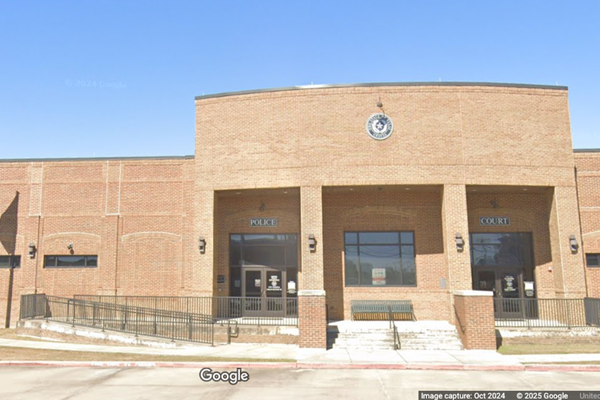
The story behind the audacious 1944 escape from the Luftwaffe’s Stalag Luft III prison camp is to be retold in a new play at London’s Alexandra Palace, which was itself used as an internment camp for German, Austrian and Hungarian “enemy aliens” during the first world war.
Tom, Dick and Harry will recount the breakout of 76 allied airmen from the camp at Sagan in Germany (now Żagań in Poland) which inspired the 1963 film The Great Escape, featuring an all-star cast and a thrilling though fictitious motorbike exploit for Steve McQueen. The play is written by Theresa Heskins, Andrew Pollard and Michael Hugo with Heskins also directing.
The writing team’s research was carried out at the National Archives. “The first file we opened had been classified until 1972,” said Heskins. “It said ‘top secret’ on the front in a red stamp. The next document said ‘closed until 1995’ and said ‘most secret’. The third one said ‘to be destroyed’.” As well as information from the Swiss Red Cross, the War Office and air ministry papers, the team read technical documents that had been drawn up by some of those involved in the escape from the camp.

Heskins, who has never seen The Great Escape, was struck during her research by the ingenuity of the prisoners and said the play was an inspiring story about “human endeavour and the magic of collaboration”. Heskins called the drama “great escapism” and added: “The story is comic, tragic, an adventure, and quite thoughtful at times.” It had been a privilege, she said, to explore the archives: “And distressing, too, because these are real lives in front of you.”
The play’s title comes from the code names for the escape and decoy tunnels that were secretly dug over several months by prisoners who attached special pouches inside their trousers, which allowed them to scatter the soil as they walked around camp. Potential digging tools were picked up wherever possible: an inventory within the camp after the escape revealed that 1,219 knives, 478 spoons and 582 forks had gone missing. The prisoners also forged documents and identity cards and prepared their own maps.
Three of the escapers found freedom, 73 were captured and 50 of them were shot on the personal orders of Adolf Hitler, against objections from senior German army officers according to MI5 documents released in 2000.
Heskins was intrigued to learn that Stalag Luft III had its own theatre that the prisoners had been allowed to build. “They were provided with costumes and instruments by the Berliner Ensemble and other professional theatres and they put on plays that the captors came to see as well. They all sat and watched plays together. We’ve got some amazing photos of a revue they put on called Girls, Girls, Girls.”

One document Heskins found, written in 1950 and known as Report X, reflected on future retellings of the escape. Its author, RGK Walker, stated: “I feel it would be better to stress the spirit and organisation behind the escape rather than glorying the lucky few who were chosen out of a hat to take the final risk.”
The huge Victorian theatre at Alexandra Palace reopened for regular performance in 2018 after 80 years and an £18.8m lottery-grant restoration. During the first world war about 3,000 men – Austrians, Hungarians and Germans – were interned at what was known as “the people’s palace” when it was requisitioned by the government. Its theatre was used for performances, as well as serving as a chapel and a hospital. Belgian refugees were also housed at Alexandra Palace.
Tom, Dick and Harry will be staged in-the-round, said Heskins, “which makes for a spirit of togetherness that is very much in keeping with this story.” In-the-round theatre invites audiences to “bring their imagination” with them, she added – fitting for a story that unfolds not just in a prison camp but also 30ft underground, in an aircraft and across occupied Europe as the men’s great escape continues beyond the camp’s fence.
The play opens in June at the New Vic theatre in Newcastle-under-Lyme, where Heskins is artistic director, and runs at Alexandra Palace theatre in July.
• This article was amended on 22 April 2022 to remove a reference to the prisoners having “transported bags of earth within a wooden vaulting horse”. That was the method used in another Stalag Luft III escape plot.







